Today, the majority of both Chinese trade -- particularly oil, and India’s trade are through the sea lanes of the Indian Ocean. Also, two-thirds of the world’s oil trade and one-third of bulk cargo moves through this region.
India considers the Indian Ocean as its own lake and makes efforts to justify its legitimacy in these waters. On the other hand, increasing economic interests and the need to protect its sea lanes of communication in the region have necessitated China to strengthen its naval presence. Though the U.S. is the most significant power in the region, it has become increasingly self-centred, which, in turn, demands on India and other regional powers to commit more. Traditionally, India and China used to be distant from each other’s maritime domain. Since the dawn of the 21st century and with the growth of their respective naval power, the presence of the Indian Navy in China’s waters and Chinese Navy in India’s proximity has become a common practice. With the Sino-India economic linkages increasing, they have started to learn to accommodate each other in and near their own waters, but both countries still maintain some sort of scepticism about one another.
The U.S. is regarded as a dominant power in the Asia Pacific as well as the Indian Ocean region and justifies its military presence in this region due to its economic ties and security pacts with the surrounding states.
It is also observed that China’s maritime potency and influence have covered the entire South China Sea, grown in the Indian Ocean and has also expanded in the Gulf of Aden and the Persian Gulf due to its growing trade and reasons to protect its sea lanes of communication.
However, India considers itself as a major regional power of the Indian Ocean and wants to be the net security provider in the region. India also wants to protect sea lanes of communication in the South China Sea and the East China Sea as it has developed close economic and security ties with such countries as Singapore, Vietnam, South Korea, and Japan, which are supported by the U.S. and questioned by China. It is, therefore, fair to suggest that the Indian Ocean is witnessing an overlap of interests and influence of the U.S., China and India. As a result, it is bound to become a centre of 21st century international disputes and power dynamics.
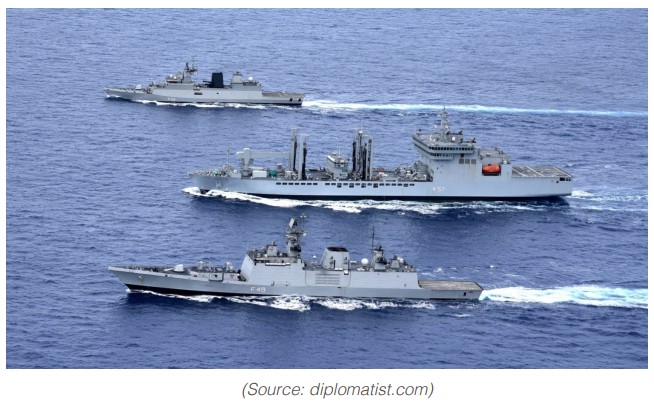
In 2014, then U.S. President Barak Obama stated in a speech at the U.S. West Point Military Academy that the U.S. would lead the world for another 100 years. Seemingly, his speech was referring to the Asia Pacific, where the U.S. wants to assume leadership as Asia appears to be taking the lead in steady development and turning out to be the centre of global growth. Precisely because of that growth, the U.S. leadership in Asia may be more undefined and offers the panorama of a new geopolitical edifice.
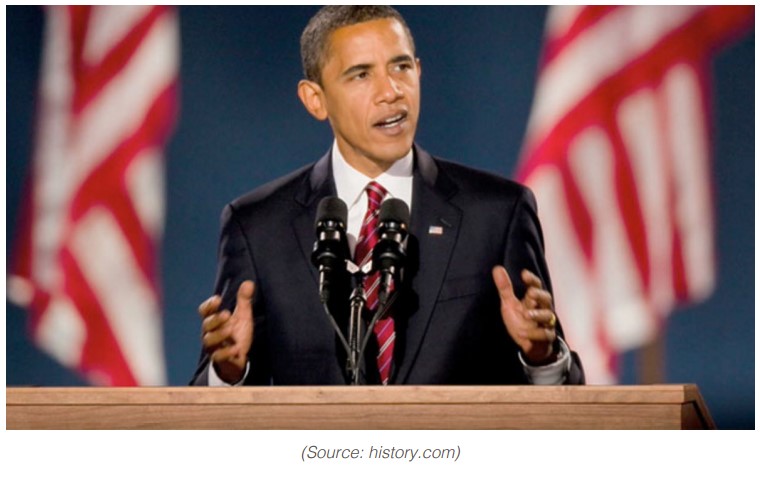
The above-mentioned situation and intentions have in turn triggered doubt and ambiguity in the U.S. eyes about Chinese contention to the U.S.’s maritime power in Asia. “Pivot to Asia”, or more specifically so-called “U.S. rebalancing”, demonstrates the realisation of American strategic thinking about Washington’s perceived threat which it believes China poses to the U.S., not only diplomatically but also economically.
In policy terms, the so-called “U.S. rebalancing” under the Obama administration was based on three sets of initiatives, namely, security, economic and diplomatic initiatives. On the strategic ground, one of the U.S.’s core intentions, particularly after 9/11, is to provide absolute security to its citizens from extremism. For this very purpose, its defence forces are positioned worldwide to deal with terrorist threats to the U.S. and its allies. However, fundamentally, it is also eager to “balance power” against a possible rising regional power--China, which is, both economically and diplomatically, capable of confronting the only existing global power. Such a possible scenario has led the U.S. to strengthen its alliances with South Korea, Australia, Japan, Thailand, the Philippines and most importantly, India to address its very own concerns.
Since the Obama administration, the U.S. has been interested in upholding the status quo, which favours itself. Washington wishes to protect its sea lanes of communications, maintain “freedom of navigation” in the so-called “international waters” of South China Sea in the name of the United Nation Convention on the Law of the Sea (although it is not a signatory party to this Convention) and to make sure that all the conflicting parties abide by the 2002 “Declaration on the Conduct of Parties in the South China Sea” (DOC). More importantly, the U.S. doesn’t want this region to be dominated by China, which it sees as its geopolitical challenger.
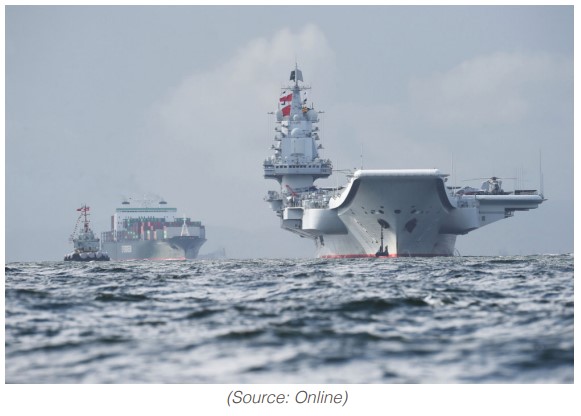
As a result, the U.S. has strengthened its continuous diplomatic and military presence and also is adopting diverse multilateral approaches to advance its agenda of curbing China and Russia’s influence in the Asia-Pacific. The U.S. also wants to prevent the weapons of mass destruction proliferation as it perceives nuclear capabilities of North Korea as a threat to itself and its allies. Washington also wants to improve relations with potential new allies such as Vietnam and increase cooperation with other major regional powers like India.
The Trump administration has replaced the term “Asia Pacific” with “Indo[1]Pacific” and the current Biden administration has carried it forward. Under the Trump administration’s “America First” policy, the economic element of the U.S. engagement in this region has diminished through decisions like withdrawing from the Trans-Pacific Partnership, but the security and diplomatic elements have been maintained. This was reflected through Trump’s visits to various Asian countries on the backdrop of the East Asia Summit held in November 2017. On December 31, 2018, he signed “Asia Reassurance Initiative Act”. This act provides a clearer insight into multifaceted U.S. engagements in Asia-Pacific as a long-term vision. It reassures the U.S. commitment to support all its allies and strategic partners in the region. This law is so far the boldest step that the U.S. Congress has taken to contain China in its own waters.
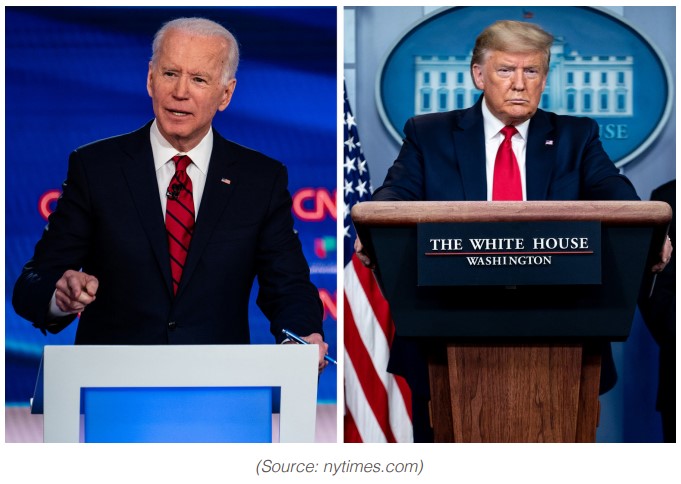
The Biden administration took office on the back of two main promises: Firstly, at the domestic level, it will discard various policies initiated by the Trump administration. Secondly, at the international level, it will do away with Trump’s self-isolation strategy under its “America First” policy. It aims at rejuvenating the U.S. foreign policy by placing the U.S. at the epicentre of the world affairs through repairing its relations with its old allies and developing close relations with new ones. In his first diplomatic address, Biden proclaimed “America is back”. He claimed that the U.S. should stand up to the challenges posed by China and Russia.
Judging from Biden’s speech and the forthcoming policies his administration has already announced, one can presume that the U.S. sees itself as “affianced” to Asia and regards itself as the net security provider in the region. The U.S. believes that it must maintain “its leading position” as long as possible. The geopolitical and geostrategic significance of the Asia-Pacific places the U.S. as the most enthusiastic, yet most potent competitor in the region.
To this end, the discrepancy in economic and military abilities between India and China is highly significant. However, despite its limited resources, India poses a substantial challenge to China’s growing influence, particularly in the Indian Ocean theatre. Hence, India will continue to keenly indicate its presence in this and other regions vital to its interests. For the time being, Sino-India relation appears to be avoiding confrontation, demonstrating a commitment to friendly cooperation, but at the same time, they are also preparing themselves for future disruptions.
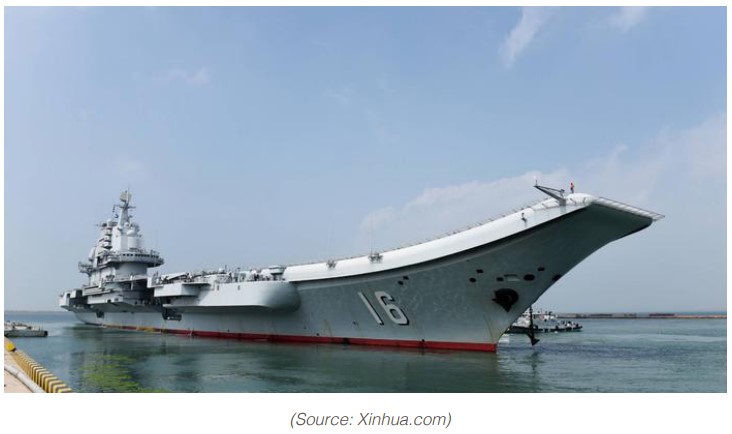
—————————————————————